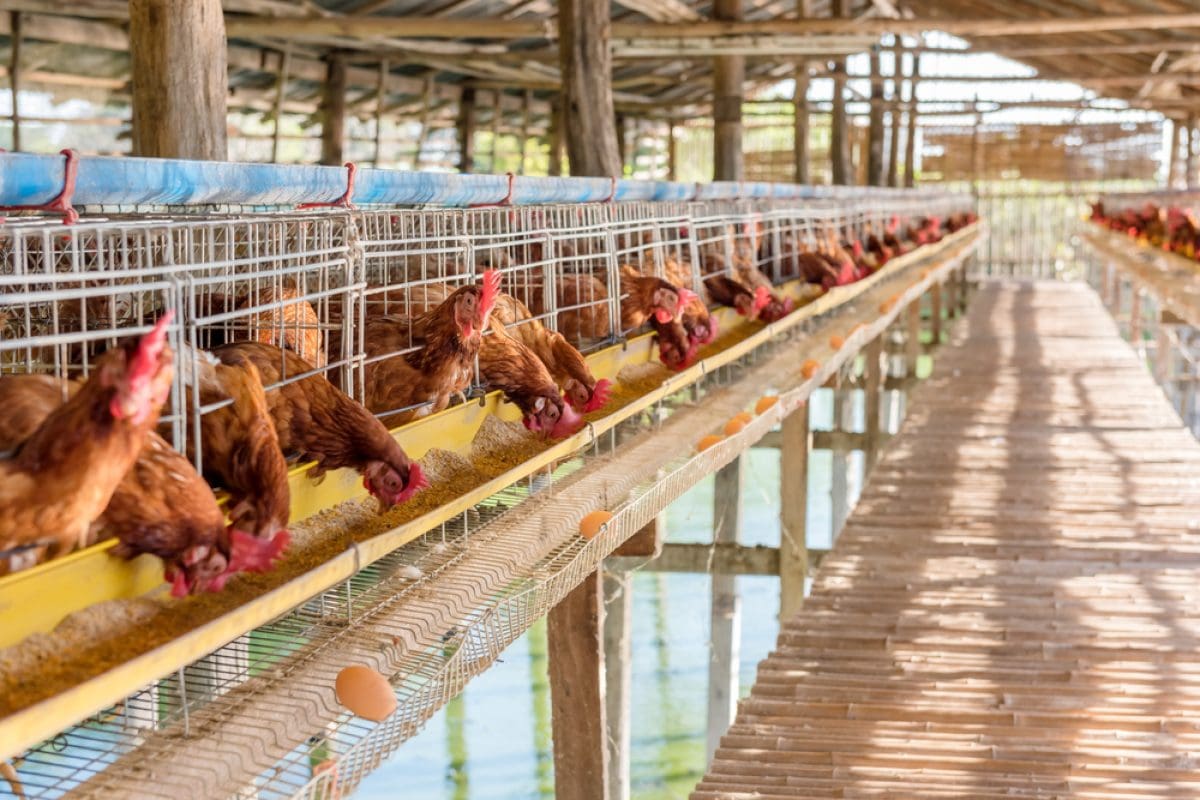
Grains Australia general manager – trade and market access John Ackerman, Grain Trade Australia projects and operations manager Tim Ross and GrainGrowers policy manager for trade and supply chains Annabel Mactier at Parliament House in Canberra. Photo: GrainGrowers
A FEDERAL Government inquiry has heard that Australia has a major opportunity to increase exports of feedgrains into South-east Asia, but more work is needed to strengthen trade relationships with individual nations.
The insight came as grains industry leaders addressed the House Standing Committee on Agriculture on Friday to voice their opinions in an ongoing inquiry into Australian agriculture in Southeast Asian Markets.
Speakers included Australian Export Grains Innovation Centre executive general manager Courtney Draper and acting market insights manager Chris Carter, Grain Trade Australia projects and operations manager Tim Ross, Grains Australia general manager – trade and market access John Ackerman and GrainGrowers policy manager for trade and supply chains Annabel Mactier.
In 2022-23, Australian exported more than 16 million tonnes (Mt) of grain to South-east Asia, with wheat accounting for 90 percent of the total.
Wheat was also the top agricultural export to the region in 2022-23, valued at $6.3 billion, followed by cotton at $2.8B.
Addressing the committee, Mr Ross said feedgrain was the strongest opportunity for market growth in South-east Asia.
“We’ve certainly seen the market grow, and forecasts are that the market will continue to have growth and probably especially in the feedgrains area.
“[It] comes back to the demographics of South-east Asia that their markets are changing, their diets are changing and as a result they are probably feeding more animals and as a result would see growth in feedgrains into these areas.
“Australia is well placed to meet that market; obviously we also have competitors from the US, we have competitors from the Black Sea countries.
“We will have to be on our program to make sure we benefit from that growth from an Australian perspective.”
Mr Ackerman said the opportunity not only lay in feed for “land-based livestock” but also for the aquaculture and fisheries industries.

The 2020 IA-CEPA agreement looks to put a minimum 500,000t of Australian feedgrain per annum into Indonesia for use in sectors including poultry, and is believed to be achieving well short of that at present. Photo: Gabungan Perusahaan Makanan Ternak/Indonesian Feedmills Association
He said the sector provided “some real opportunities” for the Australian grains industry which would take “some work effort, time, resources, etcetera” to see come to fruition.
Mr Ross said GTA was undertaking some work in Australia to increase production of feedgrains to meet this market demand.
“We’re looking at introducing more of a feedgrain style of grain into the Australian production to help capture that market and to…increase yields and benefit margins for growers.”
According to the GTA submission to the inquiry, the South-east Asian market for feedgrain – including wheat, barley and sorghum – was substantial at around 48-50Mt.
The submission also discussed some of the key roadblocks for growing feedgrain imports to South-east Asia.
A major concern is non-tariff measures introduced by some countries which restructured imports of feedgrains, primarily aimed at supporting domestic production of corn.
An example included Thailand introducing regulations requiring grain importers to purchase 2t of domestic corn for every 1t of imported feed.
The submission called on the Federal Government to address these trade barriers by assuring South-east Asian countries that the industry was “not seeking to displace domestic corn production” and that increased market access could be beneficial for both parties.
Price-sensitive markets
Alongside market access concerns, Mr Ackerman and Ms Mactier raised issues relating to the impact of supply-chain costs on importers.
Ms Mactier said South-east Asia nations were “price-sensitive markets” and, despite Australia’s close proximity, increased transport costs could reduce any market advantage.
“We’re concerned that high transport costs risk making us uncompetitive,” Ms Mactier said.
“We’ve got a natural advantage because of our geographic proximity, but high supply-chain costs domestically is a significant concern for grain growers.
“I think [transport] represents about 30pc of growers’ total costs and we’re starting to see other competitors be able to get in there more efficiently.
“So we’d see that as a really growing threat.”
Mr Ackerman said the markets “were well aware themselves of the high price and logistic challenges we face” and “make that a point when we are talking to them about supply aspects”.
Government programs needed
All grains industry representatives urged the Federal Government to maintain funding for key programs designed to support trade and unlock new market opportunities.
These included the Agricultural Trade and Market Access Cooperation (ATMAC) Program grants which have provided about $26.5 million in 2020-2023 to bodies representing agricultural, fisheries and forestry sectors.
Under the program, Grains Australia has received over $1.5M in two parts to diversify production and exports of grains.
All speakers were also strongly supportive of the Department of Agriculture, Fisheries and Forestry’s Agriculture Counsellor Network program.
The network funds agriculture counsellors to be based around the world in key trade locations with the goal of promoting Australian commodities.
According to Grains Australia, the program enhances Australia’s ability to improve and maintain market access by giving industry “greater awareness and understanding of changing political and regulatory aspects, upcoming challenges, and opportunities”.
Commenced on February 29, the inquiry received 28 submissions from a range of agricultural bodies, government departments, and trade organisations.
A third public hearing is scheduled to be held in Canberra on August 22.
Grain Central: Get our free news straight to your inbox – Click here

HAVE YOUR SAY